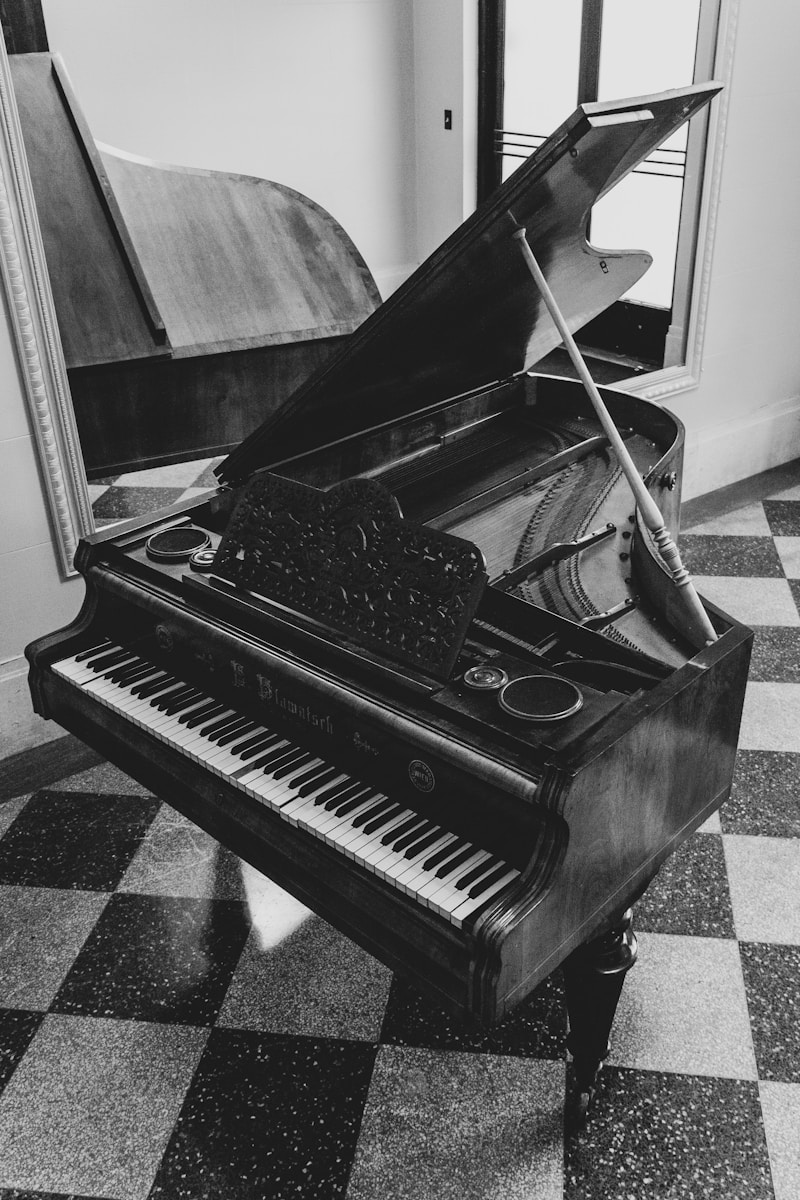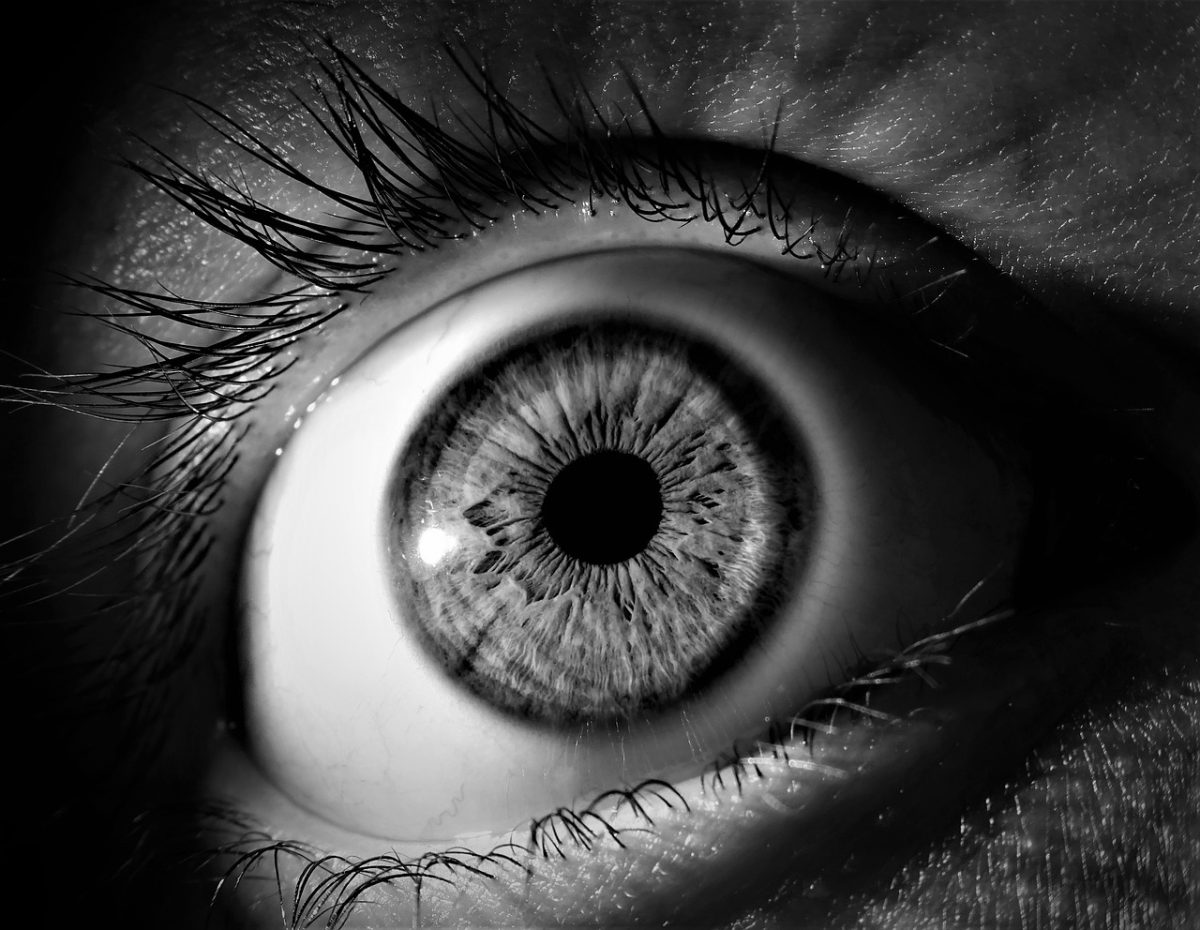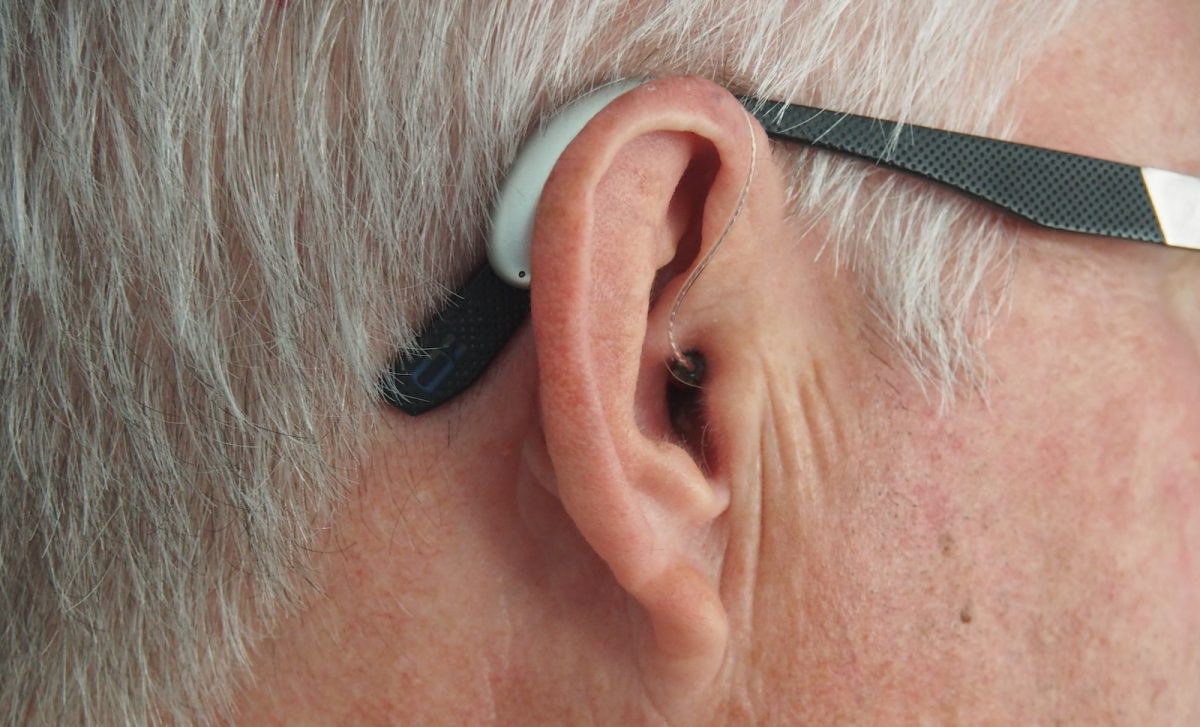Hearing is a fascinating sense that allows us to perceive and interpret sounds in our environment. It is a complex process that involves the ears, the auditory system, and the brain working together seamlessly.
The process of hearing begins with sound waves. When an object vibrates, it creates waves of pressure in the surrounding air. These sound waves travel through the air and enter the ear canal. The sound waves then reach the eardrum, a thin membrane that separates the outer ear from the middle ear.
The middle ear contains three small bones called the ossicles: the malleus, incus, and stapes. When the sound waves reach the eardrum, they cause it to vibrate. These vibrations are then transferred to the ossicles, which amplify the sound and transmit it to the inner ear.
The inner ear houses the cochlea, a spiral-shaped structure filled with fluid. As the sound vibrations enter the cochlea, they create ripples in the fluid. These ripples stimulate thousands of tiny hair cells lining the cochlea.
The hair cells are the key to converting sound waves into electrical signals that can be understood by the brain. When the hair cells are stimulated, they generate electrical signals that travel along the auditory nerve to the brain.
Once the electrical signals reach the brain, they are processed and interpreted as sound. Different areas of the brain are responsible for different aspects of hearing, such as identifying different pitches, recognizing speech, and localizing sound sources.
Hearing is an intricate and remarkable process that allows us to communicate, appreciate music, and navigate the world around us. It is a testament to the complexity and ingenuity of the human body and the wonders of the natural world.
In conclusion, hearing is a vital sense that enables us to experience the richness of the auditory world. From the vibrations in the air to the electrical signals in the brain, every step in the process of hearing is essential for our perception and understanding of sound.
Related Stories
https://www.asha.org/public/hearing/how-we-hear/
https://www.mayoclinic.org/diseases-conditions/hearing-loss/in-depth/ear-infections/art-20546801
https://www.healthyhearing.com/report/53241-How-we-hear-explainer-hearing
https://hearinghealthfoundation.org/how-hearing-works
TAKE ACTION
https://hearinghealthfoundation.org/
https://www.gofundme.com/c/blog/hearing-aid-financial-assistance




















